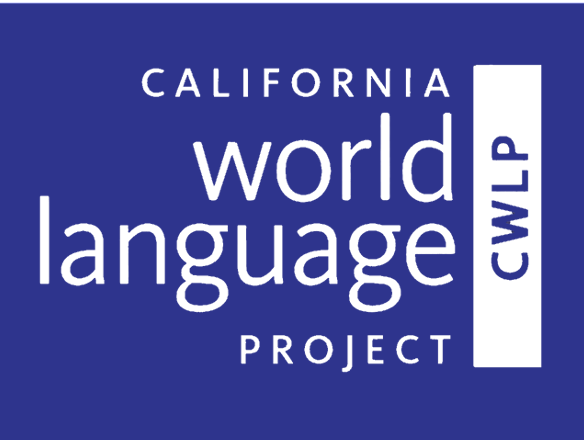target language practice online
The development of communicative and cultural proficiency in world languages requires a great deal of practice. This page offers tools for facilitating online target language practice in all three modes of communication. Most tools can be used for practicing more than one mode of communication.
While there may be a wide variety of tools available, those presented in this section of the webpage are readily available, free or reasonably priced, easy to use, and effectively support standards-based instruction. In effort not to overwhelm site visitors, not every tool is listed. Teachers must follow school policies for acceptable use of technology when selecting online tools.
Assigning Homework Online
In an online environment, homework can be defined as practice done asynchronously in order to further develop language skills.

General Resources
Teachers may use these resources to select tools to facilitate student language practice online.
Practice Tools Matrix - This matrix, created by Nicole Naditz (Program Specialist, Instructional Technology, San Juan Unified School District and 2015 ACTFL World Language Teacher of the Year), lists tools for practice, highlights the features of each tool, and suggests how each can be used.
Leslie Grahn’s Google Drive Folder for COVID-19 - Leslie Grahn (Coordinator of World Languages, Howard County Public Schools, retired) has shared the folder she recently created containing planning tools, instructional resources and activities, as well as authentic materials and texts from social media.
Turn a PDF or image into an editable digital task - Teacher may use this process to create digital tasks from hard copy or PDF documents and upload the document into Google Slides to share as a task for students.
Tools for Online Practice in All Three Modes of Communication
“Communication is purposeful, occurring when language users carry out real-world functions in culturally authentic settings in three communicative modes” (California World Languages Standards, 2019, page 8). Many tools can be used for more than one mode of communication.

Tools for Demonstrating Comprehension: Interpretive Mode
In the Interpretive Mode, students view, listen to, and read authentic texts; they access information using knowledge of cultural products, practices and perspectives, often with technology (California World Languages Standards, 2019, page 8).
*To explore more tools for interpretive practice, teachers may wish to explore Nicole Naditz’s Matrix.

Tools for Interaction Through Speaking and Signing: Interpersonal Mode
In the Interpersonal Mode, students listen and speak, view and sign, or read and write; they interact in real-world settings and often use technology to collaborate (California World Languages Standards, 2019, page 8).
*To explore more tools for interpersonal practice, teachers may wish to explore Nicole Naditz’s Matrix.

Tools for Language Production: Presentational Mode
In the Presentational Mode, students speak, sign, and write for a variety of purposes, listeners, viewers, and readers in culturally appropriate ways; they use the most suitable media and technologies to present and publish (California World Languages Standards, 2019, page 8)
*To explore more tools for presentational practice, teachers may wish to explore Nicole Naditz’s Matrix or view this blog from Common Sense Education: Top Tech Picks from Common Sense Education.
Page created by: Tonja Byrom, Iman A.K. Hashem, Svetlana J. Lazarova, Valerie Sun, Brandon Zaslow
























